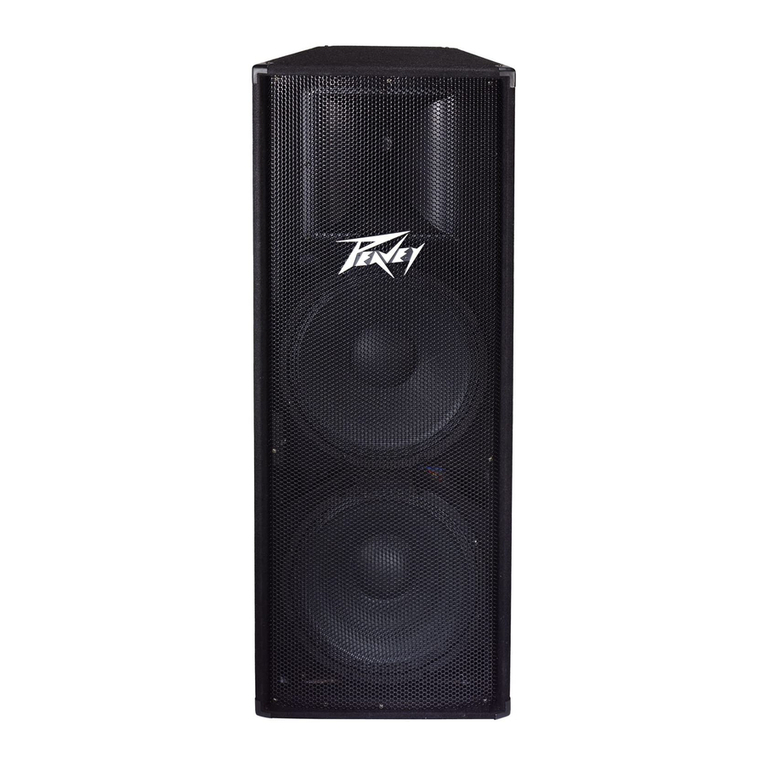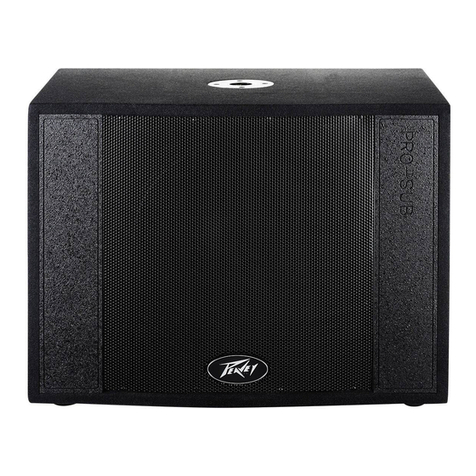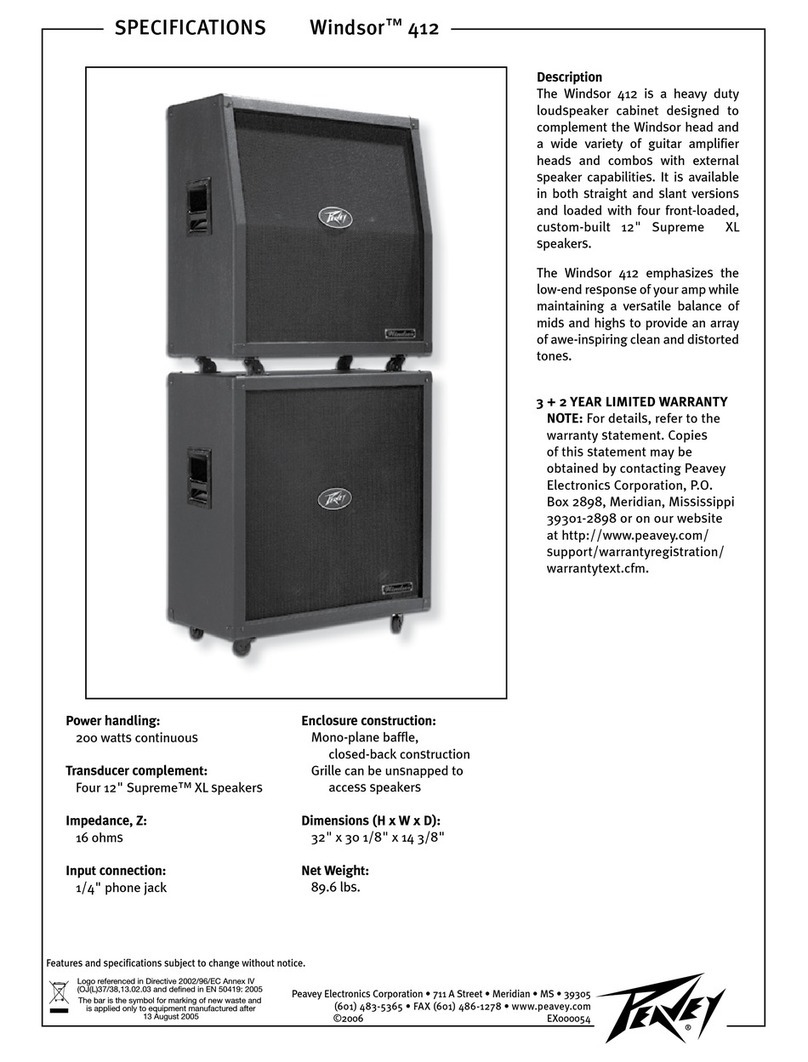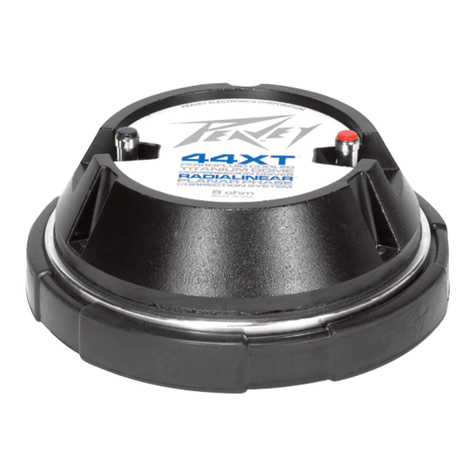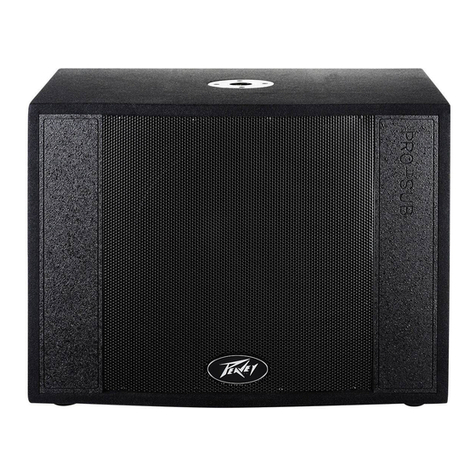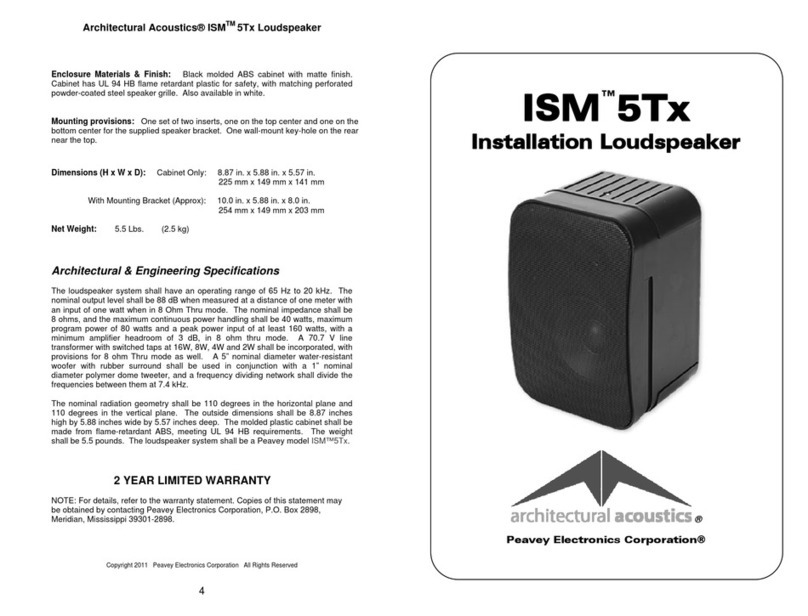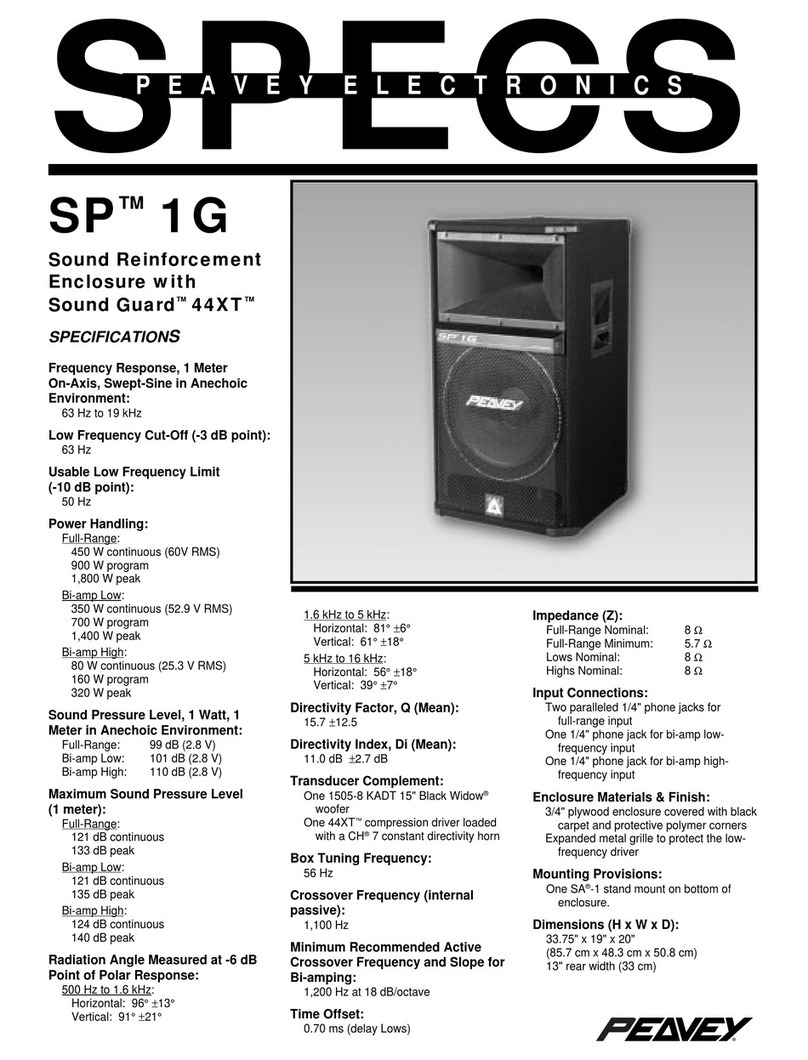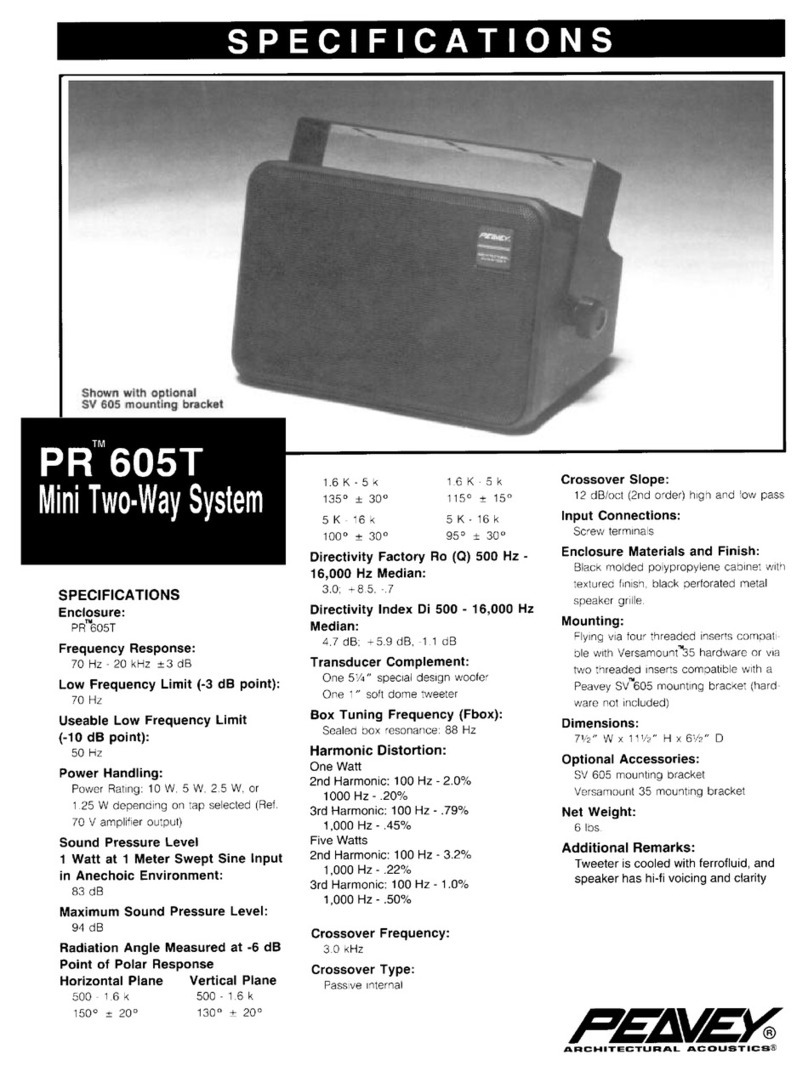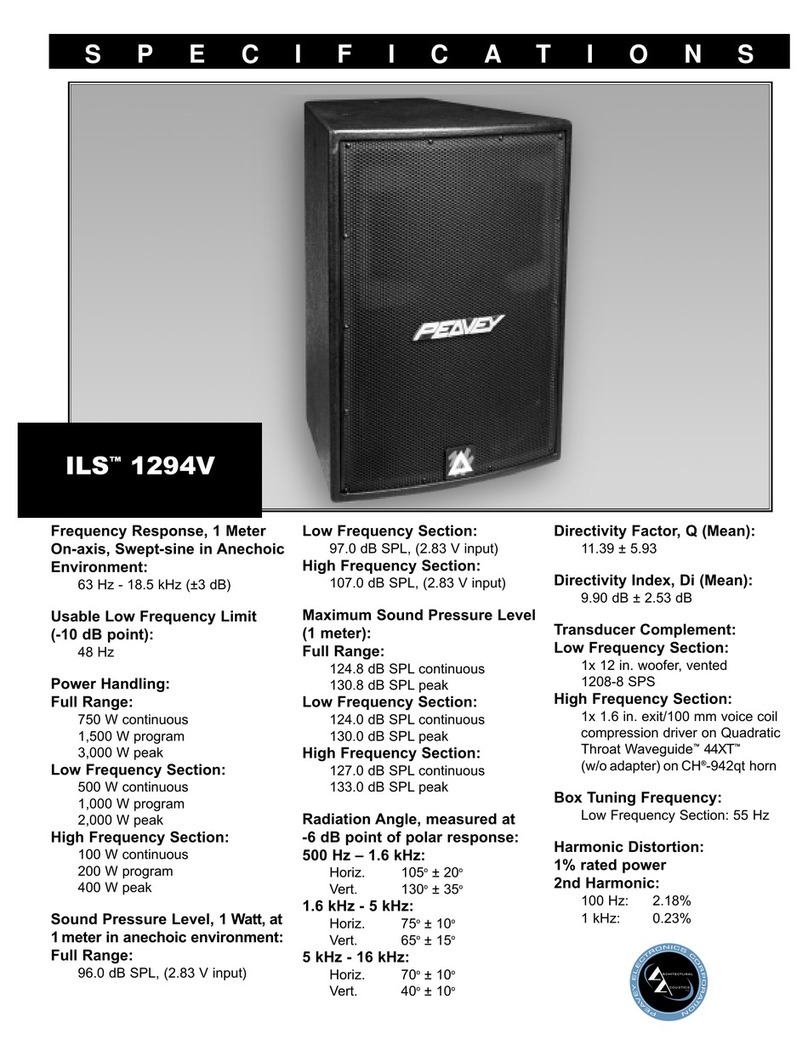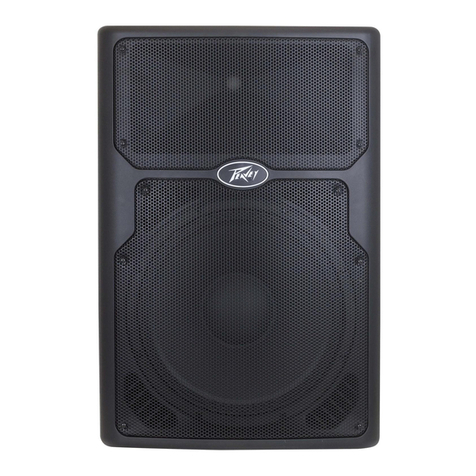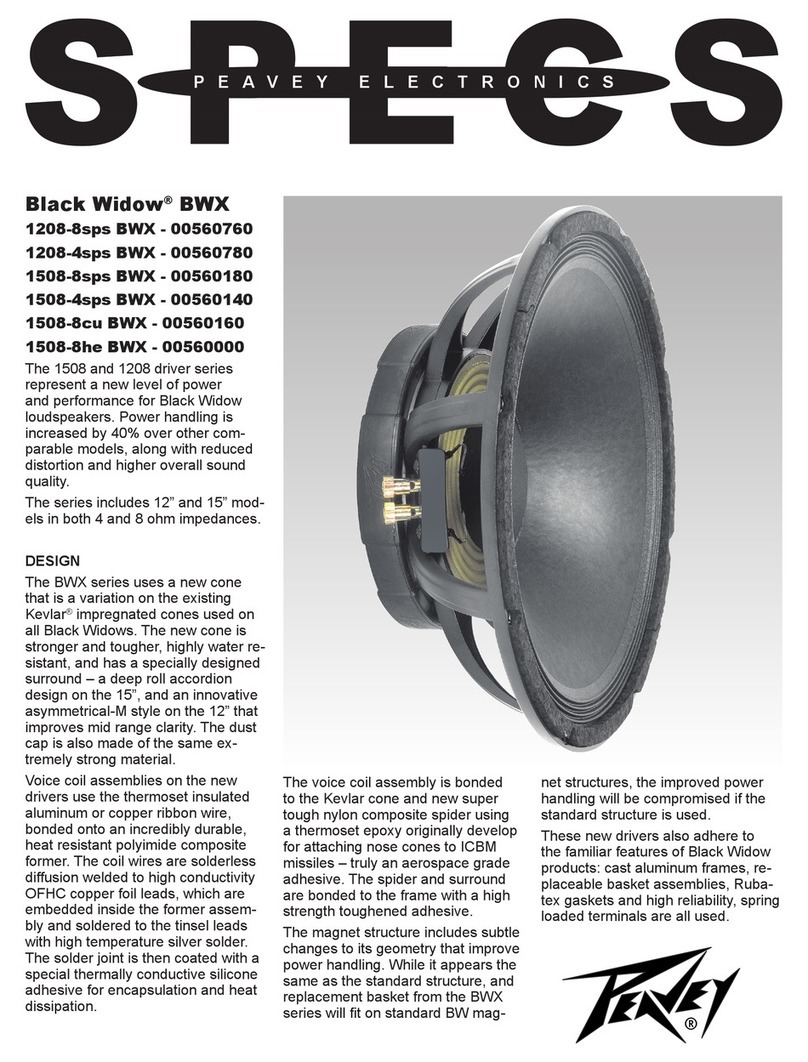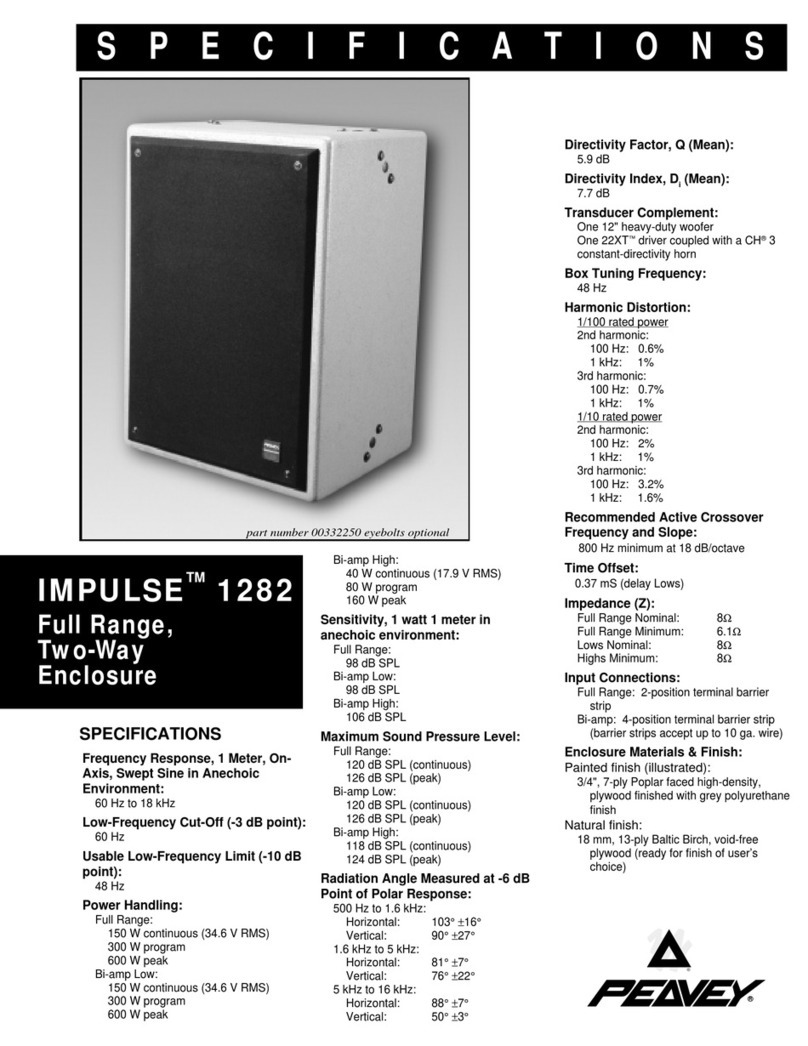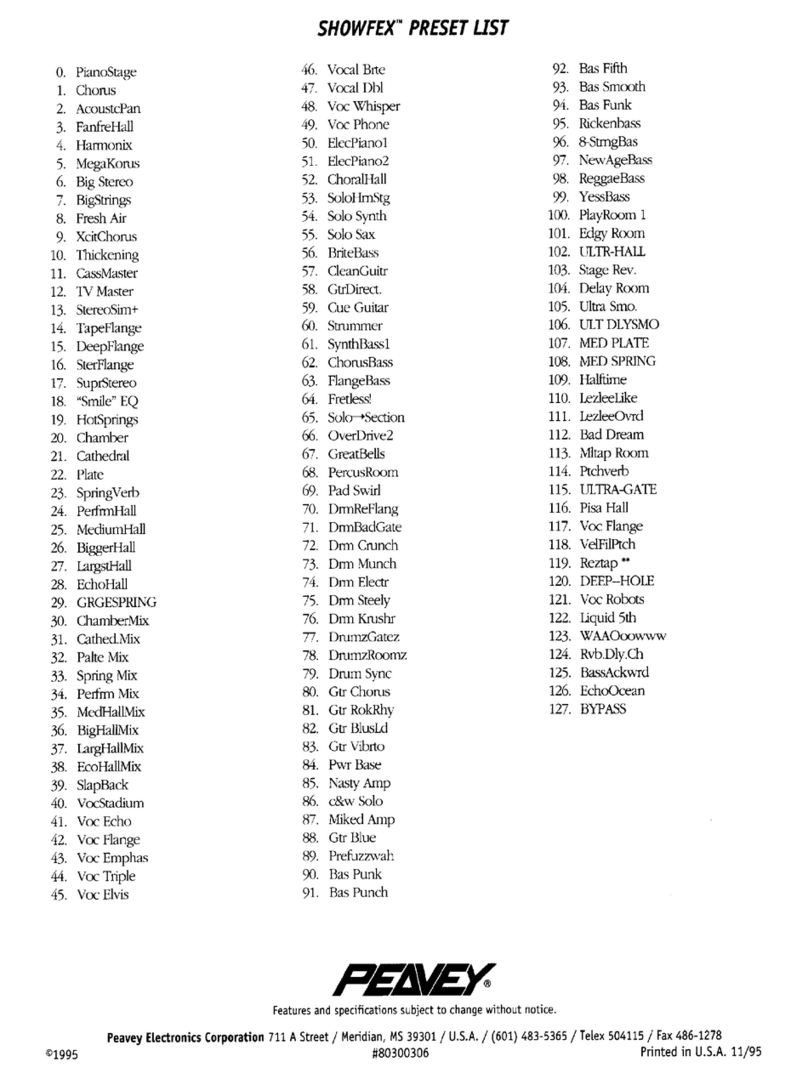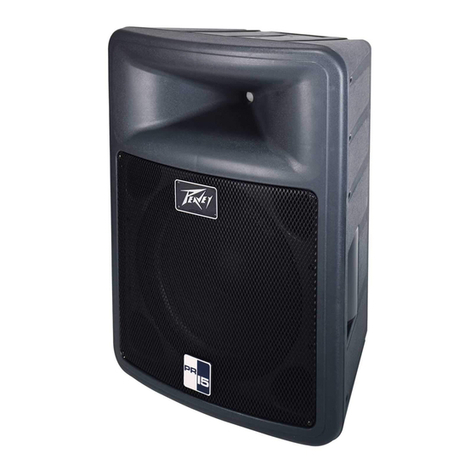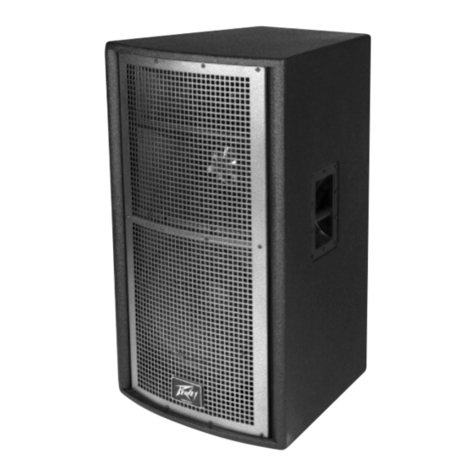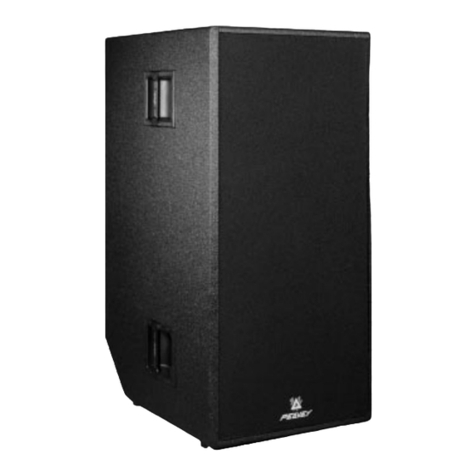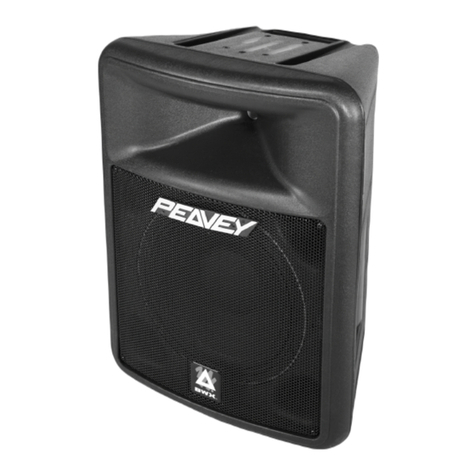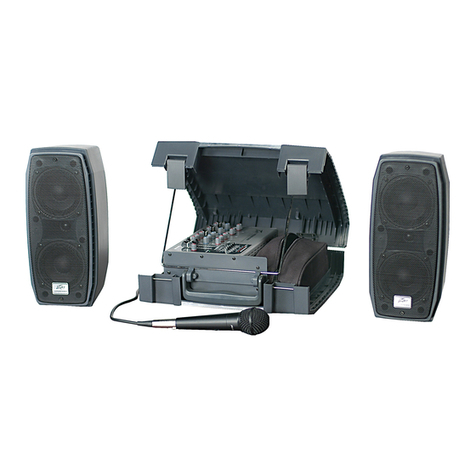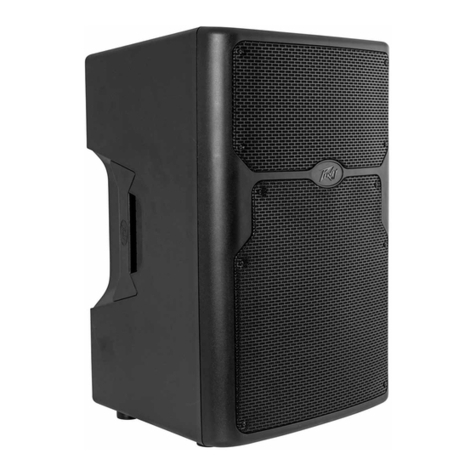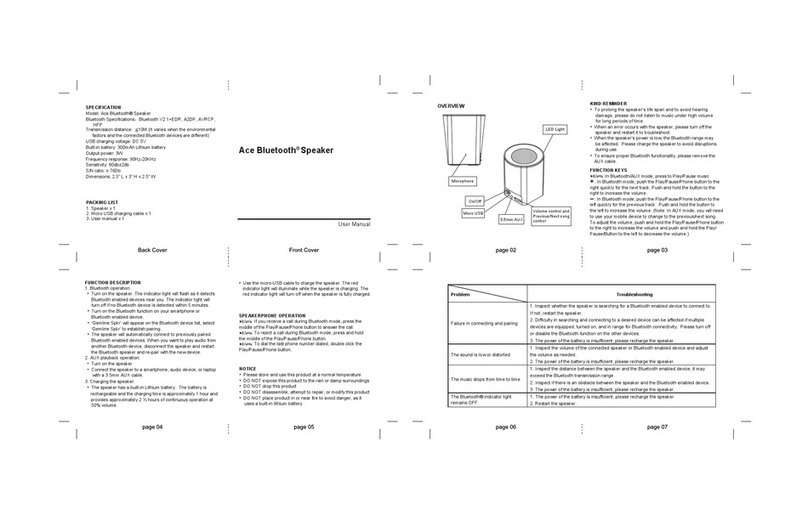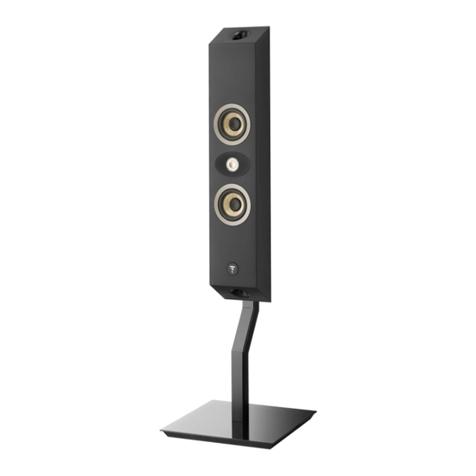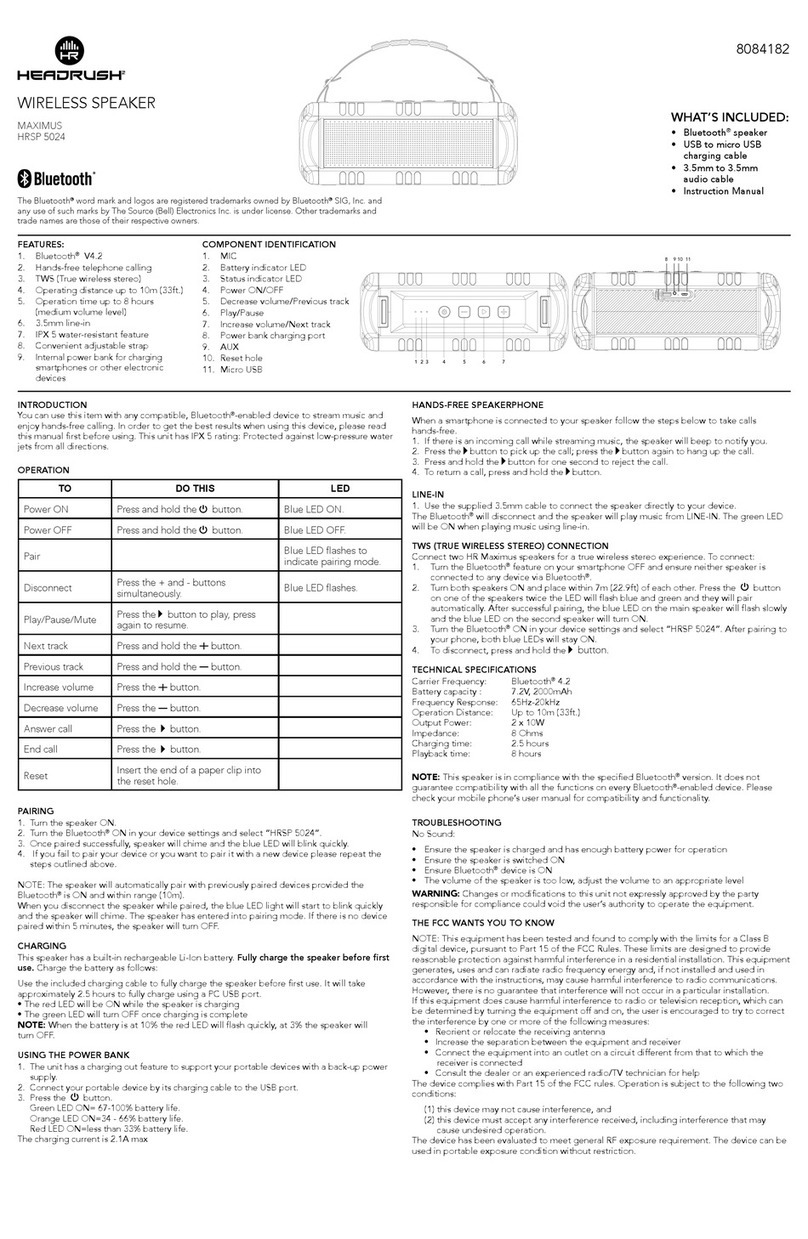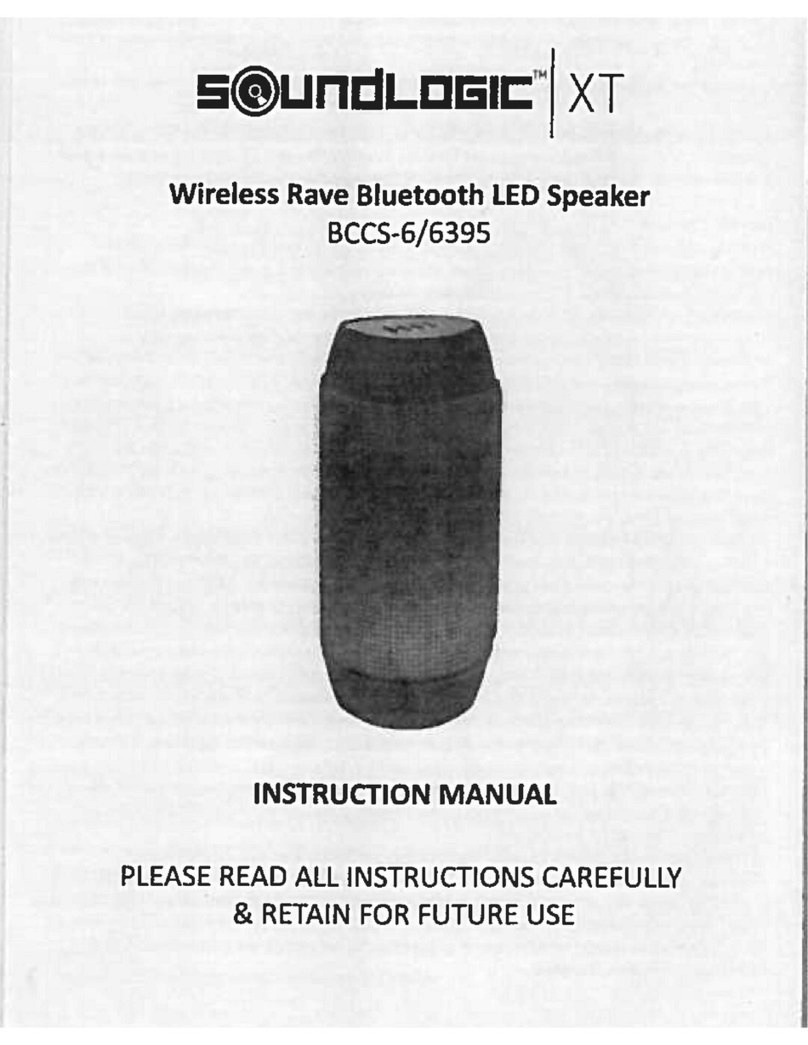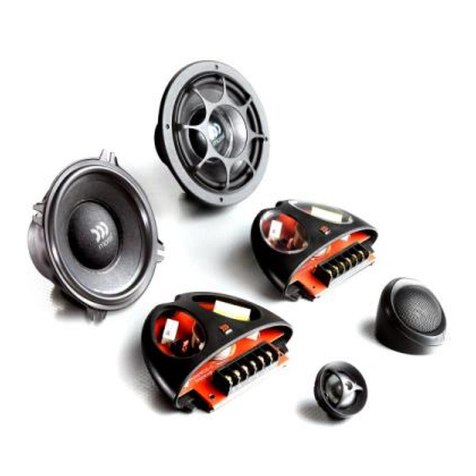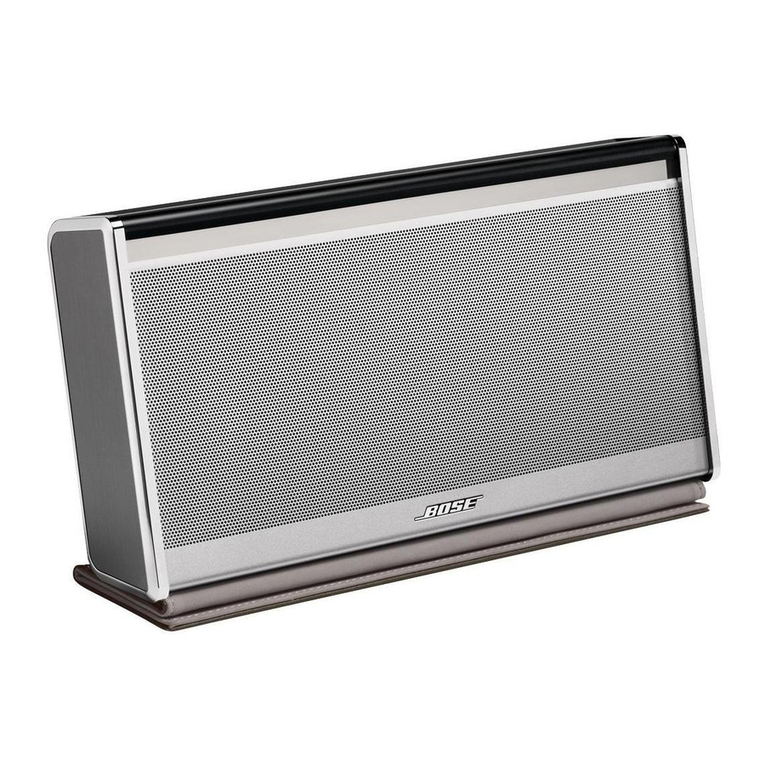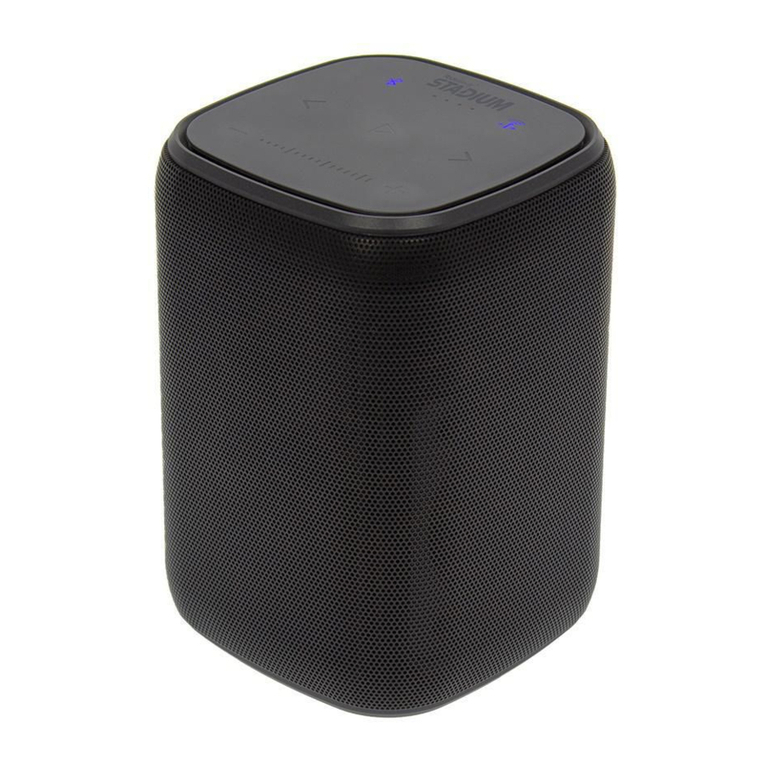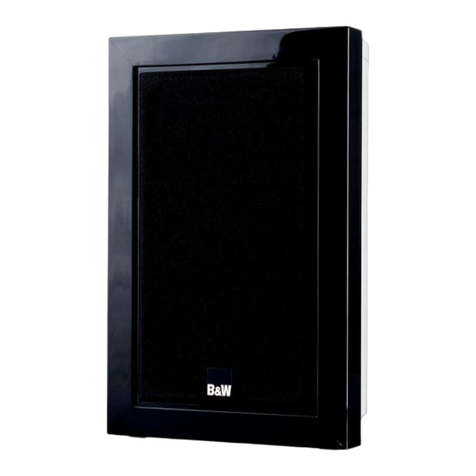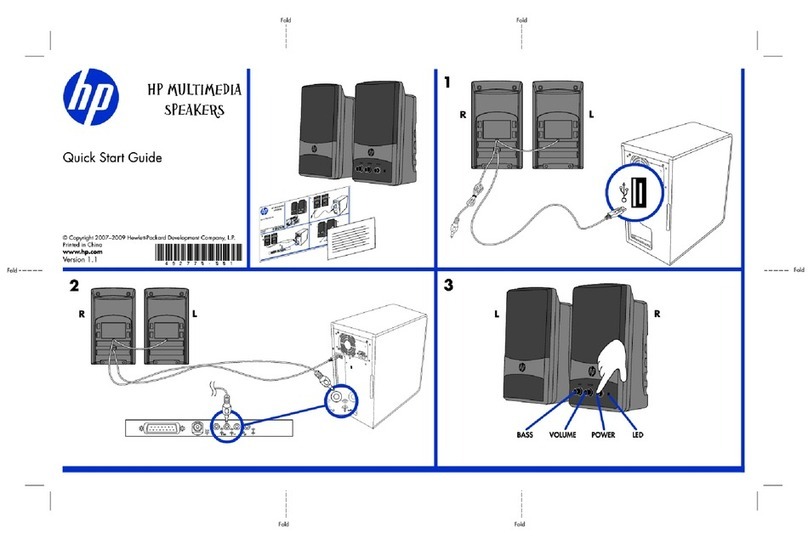
8
P™ System Connection
Connecting a Signal to the P
ere are a variety of ways to input a signal to the P.
e inputs provide either a balanced mic- or line-level input, allowing the use of a 1/4” TRS (ring-tip-sleeve)
type phone plug, a male XLR plug, 1/4" stereo* jacks (channel 2), or RCA connectors (channel 3).
Do not connect cables to the jacks while the unit is ON and the Level knob is turned up! While a standard
single-ended 1/4” phone plug-equipped cable will work well and the balanced input circuitry will provide some
interference rejection, a balanced cable using either the balanced TRS 1/4” phone plug or the XLR plug will pro-
vide superior interference rejection and performance.
Sometimes, with dicult interference problems, it will be helpful to li the shield ground ( Pin #1 of an XLR) of
a balanced cable at the P end. Check any input changes carefully, always turning the Level control down before
plugging and unplugging cables.
Use of high quality, premium cables is recommended for the P, as these usually have better shielding and ma-
terials and will provide greater long-term reliability. e best option is a shielded balanced cable no longer than
necessary to reach the P. It is usually a good idea to leave some slack at the input to the P and also to tape the
cables down or run them under a cable guard to avoid anyone tripping over them or pulling the P over when
stand mounted.
Level Control Adjustment
e P is equipped with Level controls on the input to facilitate use in many dierent applications. With the
Level control adjusted fully clockwise, gain is at maximum and the input sensitivity is 1.0 V RMS for full-rated
output with the line level position of the Mic/Line switch. When driving the P from an external mixer, it may
be advantageous to reduce the input sensitivity by turning the Level control to the halfway point. e P2 will
now more closely match a typical power amp.
If the mixing board indicates clipping of its output signals, then all of the P power capability is not being utilized
cleanly. Clipping the signal before it gets to the P is not optimal. Reduce the mixer output level and turn up the
Level control/s on the P.
When rst turning on the sound system, switch on all upstream electronics rst, then the P with its Level
control fully counterclockwise (all the way down). Begin checking levels with the mixer output level controls all
the way down, and bring them up slowly with the P Level control/s set to the desired setting (one-third way up
recommended to start).
It is not good practice to turn the Level control/s on the P all the way up and then try to control level only from
the mixer, this approach would tend to pick up excess noise. Best practice would be to run a “hot” signal from
the mixer down the cable to the P, and then turn the P Level control up only as much as necessary to reach full
desired output. With this approach, it is necessary to verify the mixer output is not clipping.
Disconnecting AC Power to the P
We recommend that the Power switch (9) be used to turn the unit o rst, and then the AC power cord can be
removed, this minimizes stress to the power ampliers and the transducers from turn-o transients. e power
switch has an arc suppression capacitor to help during turn-o, and tends to make a clean disconnect from the
AC power, while the power cord IEC connector can make intermittent contact before nally becoming fully dis-
connected, e.g., as when wiggling the cord.
